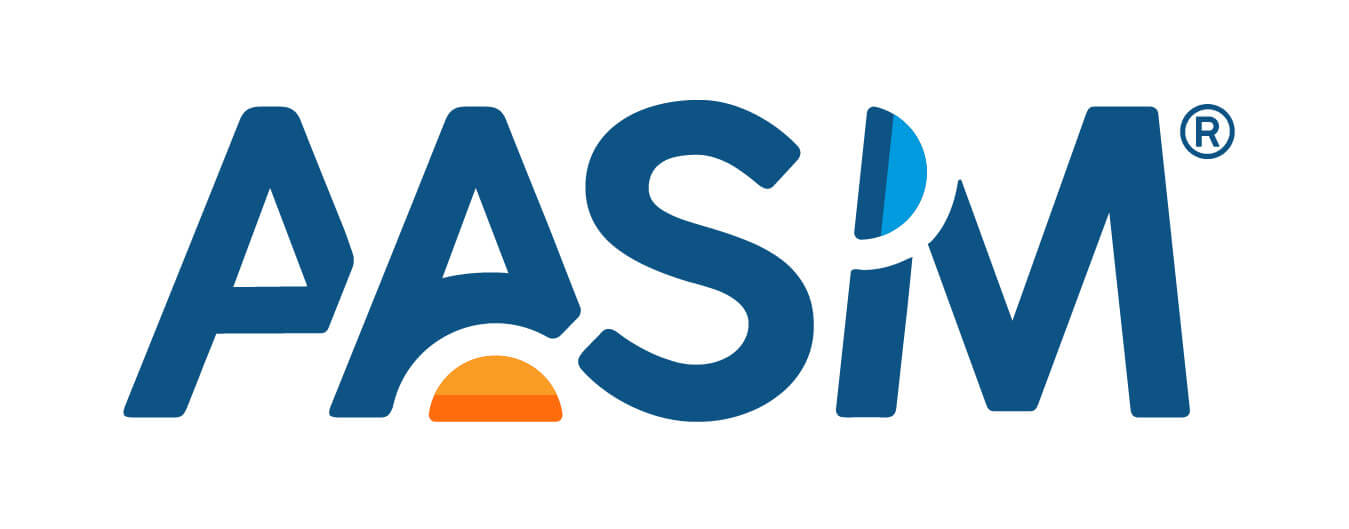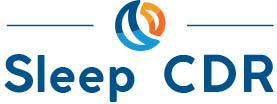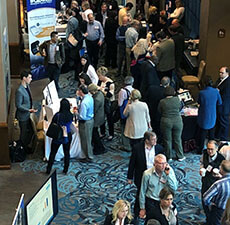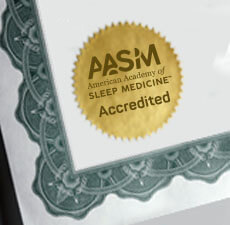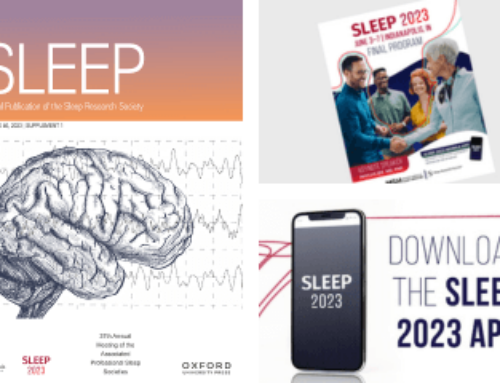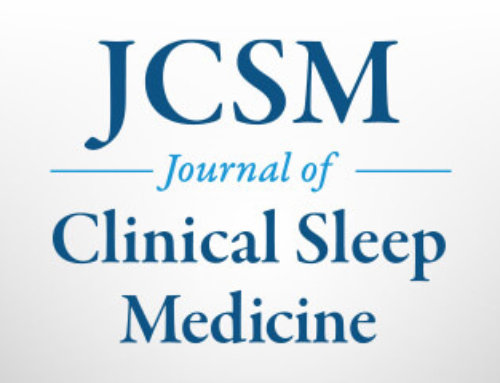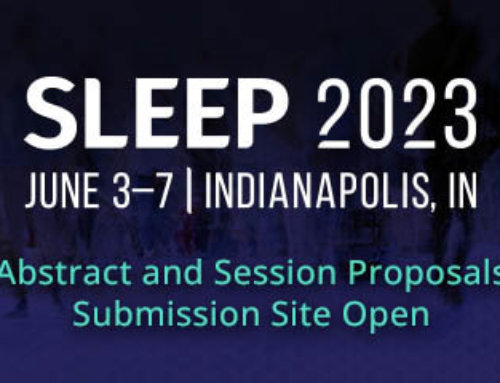WESTCHESTER, Ill. – A high proportion of patients with obstructive sleep apnea hypopnea syndrome (OSAHS) report previous or current use, and interest in future use, of complementary and alternative medicine (CAM) therapies, according to a study published in the October 15 issue of the Journal of Clinical Sleep Medicine (JCSM).
The study, authored by Amit Sood, MD, of the Mayo Clinic in Rochester, Minn., focused on 646 consecutive patients undergoing polysomnography. The survey instrument comprised 45 items specifically related to CAM therapies.
The response rate was 81 percent. A total of 406 out of 522 (78 percent) patients were diagnosed with OSAHS. Overall, 237 (58 percent) participants reported ever using CAM. Ever and current use specifically for improving sleep was reported by 20 percent and seven percent of the participants, respectively. Twenty-six percent of the subjects reported ever using biologic products, and 52 percent reported ever using nonbiologic CAM treatments. A high proportion of the participants (58 percent) showed interest in future CAM use for improving sleep.
“There are multiple reasons why OSAHS patients might consider CAM. Some of the features of OSAHS such as fatigue and fragmented sleep are nonspecific, and most cases of OSAHS remain undiagnosed. Thus, patients with undiagnosed OSAHS may seek relief through CAM not realizing their symptoms are attributable to OSAHS for which conventional treatment options exist. Some patients may be deterred by the perceived inconvenience of a formal sleep evaluation and seek CAMoptions as a ‘quick fix’. For patients with known OSAHS, conventional therapies may be dissatisfying. Compliance with modalities such as continuous positive airway pressure may be challenging, adverse events may occur, and impact on daytime sleepiness, neurobehavioral performance, quality of life and cardiovascular morbidity may be incomplete,” said Dr. Sood.
This serves as a reminder for sleep medicine providers to inquire about CAM use and underscores the need to conduct future studies of CAM in patients with OSAHS, added Dr. Sood.
OSAHS is a common chronic disorder of impaired airflow during sleep associated with oxyhemoglobin desaturation, sleep disruption, neurobehavioral consequences, and cardiovascular irregularities.
The American Academy of Sleep Medicine (AASM) recommends that people who suspect that they might have OSAHS, or another sleep disorder, see a primary care physician or a sleep medicine specialist for proper diagnosis and to discuss treatment options before treatment with medications is undertaken.
JCSM is the official publication of the AASM. It contains published papers related to the clinical practice of sleep medicine, including original manuscripts such as clinical trials, clinical reviews, clinical commentary and debate, medical economic/practice perspectives, case series and novel/interesting case reports.
SleepEducation.com, a Web site maintained by the AASM, provides information about various sleep disorders, the forms of treatment available, recent news on the topic of sleep, sleep studies that have been conducted and a listing of sleep facilities.
For a copy of this article, entitled, “Use of complementary and alternative medicine treatments by patients with obstructive sleep apnea hypopnea syndrome,” or to arrange an interview with an AASM spokesperson regarding this study, please contact Jim Arcuri, public relations coordinator, at (708) 492-0930, ext. 9317, or jarcuri@aasm.org.
# # #
